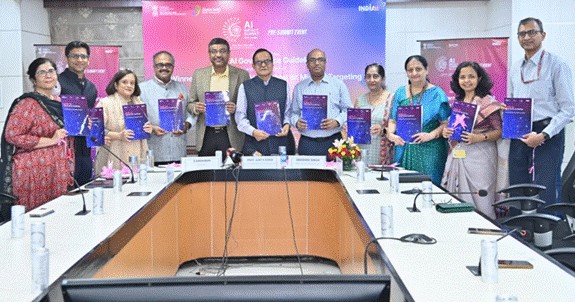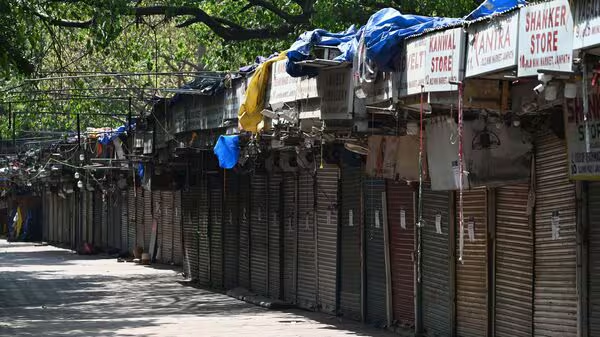GST Rate Cuts to Boost Heavy Industries, Automobiles and Logistics

GST on two-wheelers up to 350cc has been slashed from 28% to 18%, making bikes more affordable for youth, gig workers, farmers, and small traders in semi-urban and rural India.
New Delhi, September 8: The government’s latest GST reforms are set to transform heavy industries, with sweeping rate reductions across automobiles, auto components, tractors, buses, and goods vehicles. The move is expected to stimulate domestic demand, boost manufacturing, and create millions of jobs in the ancillary and informal sectors while strengthening India’s positioning as a global production hub.
Automobiles: Demand Revival Across Segments
The automobile sector, directly and indirectly employing more than 3.5 crore people, is a major beneficiary. GST on two-wheelers up to 350cc has been slashed from 28% to 18%, making bikes more affordable for youth, gig workers, farmers, and small traders in semi-urban and rural India.
Small cars, the backbone of personal mobility in Tier-2 and Tier-3 cities, now attract 18% GST, down from 28%. Larger cars will be taxed at a flat 40% without the previous cess, simplifying compliance and enabling full input tax credit.
Tractors below 1800cc will now attract just 5% GST, down from 12%, while higher-capacity road tractors move from 28% to 18%. Tractor parts too will be taxed at 5%. This will spur mechanisation in agriculture, boost productivity of staple crops, and strengthen India’s role as a global tractor hub.
Buses with seating capacity of more than 10 persons, and commercial goods vehicles such as trucks and delivery vans, now fall in the 18% slab (down from 28%). Cheaper upfront costs are expected to accelerate fleet modernisation, make fares affordable, and support India’s logistics backbone.
Auto Components and Ancillary Industries
GST on most auto parts has been cut to 18%. The ripple effect will benefit MSMEs producing tyres, batteries, engines, hydraulic pumps, plastics, electronics, and glass. A surge in vehicle sales will translate into higher orders across the supply chain, creating a multiplier effect on both formal and informal sector jobs.
Wider Economic Impact
- Credit and Finance: Cheaper vehicles will fuel loan demand for NBFCs, banks, and fintech lenders, improving asset quality and financial inclusion.
- Public Transport: Affordable buses and minibuses will aid schools, tour operators, and state transport undertakings, encouraging a shift from private to shared mobility.
- Logistics: Reduced GST on trucks lowers freight rates, easing inflationary pressures on essentials like cement, steel, food, and FMCG while aligning with PM Gati Shakti and National Logistics Policy goals.
- Sustainability: Incentives for replacing old vehicles with fuel-efficient models will support cleaner mobility and lower emissions.
Transport Services
Significant rationalisation has also been introduced in goods and passenger transport services. Operators can now opt between 5% and 18% GST rates, with ITC passed on to reduce cascading effects and improve efficiency.
Policy Certainty for Industry
By simplifying rates and ensuring predictability, the reforms provide policy clarity to investors while reinforcing “Make in India” and Atmanirbhar Bharat goals. Industry watchers say the reforms will boost consumer confidence, revive investments, and accelerate India’s journey to becoming a global economic power.








